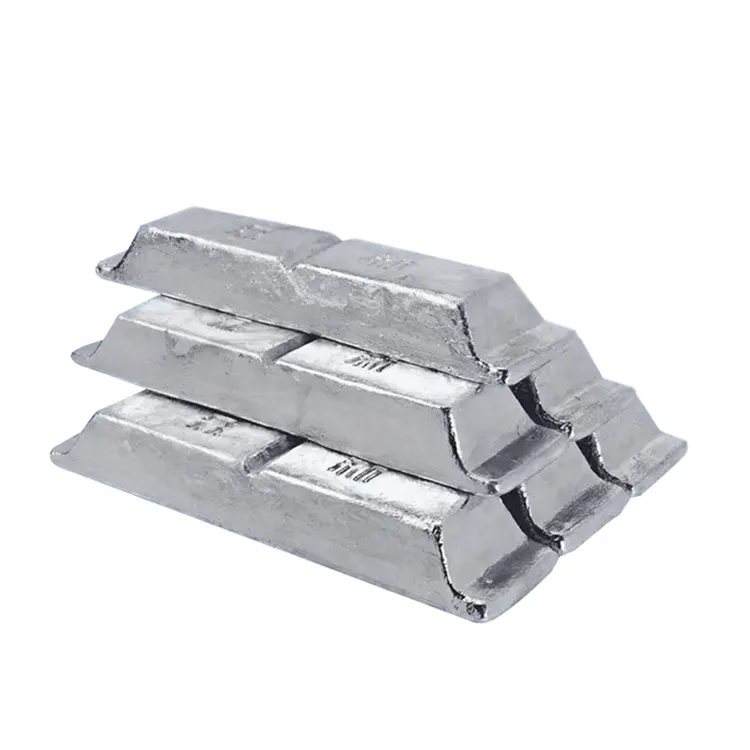Alnico magnets are famous for their stability, temperature resistance, and ability to retain magnetism for decades. But unlike rare earth magnets, Alnico has a unique feature: it can be demagnetized and re-magnetized relatively easily without damage—making it perfect for applications where the magnetic field needs to be switched or adjusted on demand.
From magnetic chucks to precision measuring devices, this property opens up a whole world of engineering possibilities. In this article, we’ll explore how Alnico magnets can be intentionally demagnetized and re-magnetized, the equipment used, and how engineers leverage this in real-world designs.
Why Alnico’s “Controllable Magnetism” is Special
- Reversible magnetization — unlike ferrite magnets, Alnico can be repeatedly demagnetized and re-magnetized with minimal degradation.
- Stable temperature performance — maintains field strength in extreme heat.
- Low coercivity compared to NdFeB — makes it easier to change its magnetic state when desired.
This means an Alnico magnet can act like a “switchable” permanent magnet in certain designs.
How Alnico Magnets are Demagnetized
1. AC Field Demagnetization
- Passes the magnet through a gradually decreasing alternating magnetic field.
- Scrambles domain alignment until no net field remains.
- Most common for precision applications.
2. Thermal Demagnetization
- Heats beyond Curie temperature (~800°C) to erase magnetism.
- Not ideal for repeated cycles due to potential microstructure change.
3. Mechanical Shock
- Can knock domains out of alignment, but uncontrolled and not recommended.

How Alnico Magnets are Re-Magnetized
Re-magnetization is essentially the reverse process of demagnetization:
- Expose the magnet to a strong DC magnetic field — usually in a magnetizing coil or pulse magnetizer.
- Aligns the magnetic domains into a uniform direction.
- Field strength needed for full saturation is typically in the range of 2–3 kOe (160–240 kA/m).
Special Applications of Controllable Alnico Magnetism
1. Magnetic Chucks for Machining
- Used in metalworking to hold workpieces without clamps.
- Alnico magnets inside are demagnetized to release parts and re-magnetized to hold them securely.
- Often combined with steel pole pieces for better flux control.
2. Adjustable Magnetic Field Systems
- Combine Alnico with high-energy NdFeB magnets.
- Rotating or reversing the Alnico magnet changes the combined field strength—perfect for variable clamping force or magnetic field tuning.
3. Magnetic Sensors and Test Equipment
- Instruments may need a resettable magnetic reference.
- Alnico allows repeated adjustments without replacing the magnet.
4. Magnetic Switches
- Alnico magnets can be “turned off” or “on” by shifting their magnetic orientation, enabling simple, mechanical magnetic control systems.

Equipment for Magnetizing and Demagnetizing Alnico
- AC Demagnetizers — table-top, tunnel, or custom coils.
- DC Magnetizers — capacitor-discharge pulse magnetizers for instant saturation.
- Hybrid Units — combine both functions for fast switching in production.
Why Alnico Beats NdFeB for Switchable Systems
| Property | Alnico | NdFeB |
|---|---|---|
| Coercivity | Low (easy to change) | High (hard to change) |
| Max operating temp | 500°C | 150–200°C |
| Field adjustability | Excellent | Very poor |
The ability to repeatedly demagnetize and re-magnetize makes Alnico magnets uniquely suited for switchable magnetic devices, variable holding systems, and precision magnetic field controls. When paired with proper demagnetization and magnetization equipment, engineers can design magnetic systems that behave almost like electromechanical switches—without the constant power draw of an electromagnet.
HS Magnetics not only manufactures precision Alnico magnets but also offers guidance on designing controllable magnetic systems for industrial, aerospace, and research applications.



























